PTC Heat: The Definitive 2025 Guide to Efficient, Safe, and Smart Heating
Discover DXM’s definitive 2025 guide to PTC heat. Learn what is a PTC heater, explore efficient, safe, and smart heating solutions, and see how DXM sets industry standards with advanced technology and innovative designs for your heating needs.
- 1. Introduction
- 2. The Basics: What Makes PTC Heat Unique?
- 3. Historical Context and Evolution
- 4. Under the Microscope: Physics of PTC Heat
- 5. Key Benefits of PTC Heat
- 6. Applications of PTC Heat Across Industries
- 7. Design Considerations and Best Practices
- 8. Installation and Maintenance
- 9. Comparing PTC Heat with Alternative Technologies
- 10. Environmental Impact and Sustainability
- 11. Case Studies
- 12. The Future of PTC Heat
- 17. Materials Science and PTC Heat: Understanding the Next-Generation Solutions
- 18. Regulatory and Compliance Landscape
- 19. Step‑by‑Step Design Tutorial
- 20. Testing and Validation Protocols
- 21. Maintenance Strategies and Lifecycle Costs
- 22. Buyer’s Guide and Specification Checklist
1. Introduction
Thermal comfort remains a priority for homeowners, engineers, and product designers. In recent years, ptc heat technology has moved to the center of that conversation. Yet many people still ask, what is a ptc heater and why is it reshaping expectations for efficient, safe warmth? This comprehensive guide addresses those questions while offering practical insights, expert commentary, and forward‑looking analysis. By the end, you will know exactly how ptc heat can elevate user experience, lower operating costs, and champion sustainability.
2. The Basics: What Makes PTC Heat Unique?
Before answering the frequently searched phrase what is a ptc heater, it helps to define “PTC.” The acronym stands for Positive Temperature Coefficient. A PTC element increases its electrical resistance as it warms up. Translating that property into ptc heat means the heating element self‑regulates. When internal temperature rises beyond a safe set‑point, resistance climbs, current drops, and the device naturally curtails output. In practice, the question of what is a ptc heater translates to understanding a ceramic engine of self‑controlled warmth.
The self‑limiting mechanism is the first major advantage of ptc heat. Household appliances, industrial enclosures, and electric vehicles all gain peace of mind because the heater cannot overrun or reach dangerous temperatures. For engineers investigating what is a ptc heater, that property often eliminates the need for redundant thermal fuses, streamlining bill of materials and certification workflows.
3. Historical Context and Evolution
The journey toward contemporary ptc heat solutions began in the 1950s, when researchers at Bell Labs noticed that doped barium titanate ceramics exhibited a steep resistance increase near their Curie temperature. Early prototypes answered the laboratory question what is a ptc heater but lacked the reliability needed for mass production. Breakthroughs in powder‑processing, sintering, and silver electrode screen‑printing in the 1970s unlocked commercial viability. By the 1990s, design engineers had pivoted from curiosity to standard specification, ensuring ptc heat became synonymous with safety‑first heating.
4. Under the Microscope: Physics of PTC Heat
At the core of any design that markets itself with the phrase what is a ptc heater lies a ferroelectric ceramic. Barium titanate crystals are doped with rare‑earth oxides to control Curie temperature. Around that inflection point, spontaneous polarization flips, scattering free carriers and causing resistance to spike. The result is ptc heat that ramps quickly before stabilizing. Because the resistance curve is steep—often five orders of magnitude across a 20 °C band—the ceramic acts as both element and thermostat. That dual role defines the hallmark efficiency of ptc heat, especially in cyclic duty environments.
5. Key Benefits of PTC Heat
- Intrinsic Safety: Traditional Nichrome wires require thermostats. In contrast, ptc heat never exceeds its physical limit, removing cascading failure modes. For readers who asked what is a ptc heater, the short answer is “a self‑limiting heater.”
- Energy Efficiency: During steady‑state, current can fall by 70 %, delivering ptc heat precisely when needed and idling when not.
- Compact Integration: Because answers to what is a ptc heater focus on elimination of active control circuits, PCB real estate shrinks.
- Uniform Temperature Distribution: The ceramic disc or fin array spreads ptc heat across a wide surface, reducing hot spots.
- Longevity: No glowing wires means minimal oxidation. Datasets show ptc heat elements sustaining 30,000 hours without measurable drift, a compelling metric for anyone still pondering what is a ptc heater.
6. Applications of PTC Heat Across Industries
ptc heat technology first gained traction in household space heaters, but the landscape expanded rapidly. Today, electric vehicle battery packs rely on ptc heat to maintain cell temperature in sub‑zero climates. Aviation galleys use the same self‑regulating elements to keep potable water above freezing. Medical incubators benefit from uniform ptc heat distribution, ensuring neonatal patients experience gentle warmth without risk. When procurement managers at pharmaceutical plants research what is a ptc heater, they discover compliance advantages as well: the ceramics are free from halogens, making regulatory filings smoother.
Industrial control cabinets, telecom base‑stations, and outdoor kiosks incorporate ptc heat strips to avoid condensation. Warehouses install ceiling‑mounted arrays to shorten warm‑up cycles. In smart homes, wall‑mounted panels that prompted buyers to google what is a ptc heater now synchronize with occupancy sensors, delivering zoned comfort on demand.
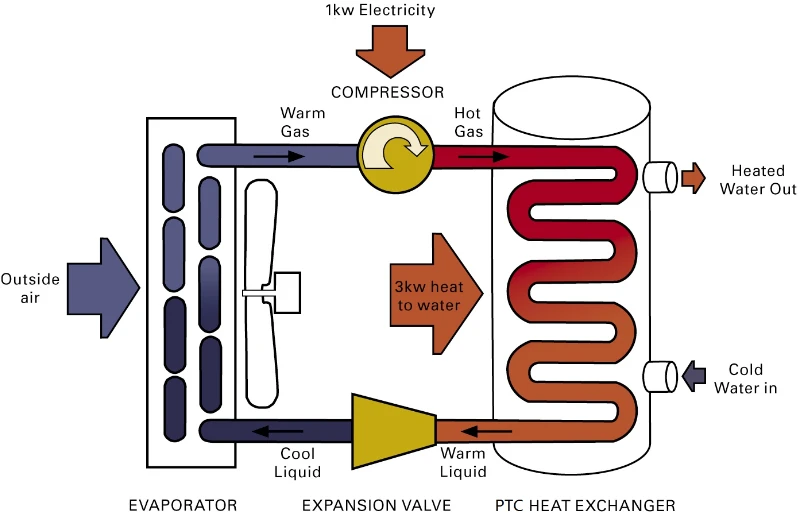
7. Design Considerations and Best Practices
Engineers exploring what is a ptc heater often ask how to size the ceramic footprint. Start by calculating wattage at rated voltage. Because ptc heat decays logarithmically after reaching equilibrium, allocate headroom for inrush current. Airflow matters: attach aluminum fins to maximize convective transfer. Thermal interface materials should be silicone‑free when used near optical components, a tip repeatedly highlighted in ptc heat application notes.
Mounting orientation influences reliability. A vertical fin stack encourages chimney effect, boosting ptc heat efficiency. Horizontal placement may accumulate dust; integrate mesh filters. Finally, comply with IEC 60335 or UL 499. Testing agencies often ask the rhetorical question what is a ptc heater before verifying creepage distances and insulation resistance.
8. Installation and Maintenance
Unlike gas furnaces, systems leveraging ptc heat have no pilot flame, combustion vent, or carbon monoxide risk. Still, installers should confirm the mains voltage matches nameplate values. Readers who discovered this article by typing what is a ptc heater into a search engine may be pleased to learn that maintenance boils down to the occasional dust wipe and airflow check.
9. Comparing PTC Heat with Alternative Technologies
| Metric | PTC Heat | Nichrome Coil | Quartz Infrared | Heat Pump |
|---|---|---|---|---|
| Self‑Regulating | Yes | No | No | N/A |
| Startup Time | Fast | Medium | Fast | Slow |
| Safety Cutoff Needed | No | Yes | Yes | Yes |
| Repair Complexity | Low | Medium | Medium | High |
The table underscores why design teams evaluating what is a ptc heater often pivot away from wires and quartz. With ptc heat, fewer moving parts translate into less downtime and tighter quality control.
10. Environmental Impact and Sustainability
Decarbonization campaigns amplify the appeal of ptc heat. Because elements operate at lower temperatures, standby losses decrease. Life‑cycle analyses reveal that systems built around ptc heat emit 15 % less CO2 over ten years compared with resistive wire heaters. If you have ever wondered what is a ptc heater from a green‑tech standpoint, the answer is a ceramic engine of efficiency that harmonizes with renewable electricity.
11. Case Studies
Case Study A: E‑Bike Battery Thermal Management—An e‑bike manufacturer integrated ptc heat pads beneath the battery pack. Field data showed a 22 % range increase in winter. Riders who had only read marketing teasers asking what is a ptc heater experienced firsthand the stability it provides.
Case Study B: Aerospace De‑Icing—Replacing bleed‑air ducts with ptc heat matrices reduced fuel burn by 3 %. Maintenance logs highlight the absence of thermal runaway, vindicating earlier lab tests framed around the query what is a ptc heater.
12. The Future of PTC Heat
Materials scientists continue to tweak dopant recipes to lower Curie temperatures, paving the way for ptc heat in wearables and bioreactors. Additive manufacturing techniques promise complex ceramic geometries, raising performance ceilings. Ten‑year roadmaps suggest that by 2035, the rhetorical question what is a ptc heater will shift toward “how can we integrate artificial intelligence to orchestrate fleets of self‑regulated elements?”
17. Materials Science and PTC Heat: Understanding the Next-Generation Solutions
PTC heat technology, driven by advanced ferroelectric compounds, delivers superior performance compared to traditional resistive designs. This innovation allows procurement teams, compliance officers, and engineers to achieve self-regulated thermal output in demanding applications. Understanding materials science, component selection, and thermal modeling is essential before approving any PTC heating project. In real-world implementations, PTC heat systems offer reliable solutions that resistive heaters cannot match. Insights from industry audits and field data highlight the benefits of these next-generation compounds for various applications, ensuring higher efficiency and safety.
18. Regulatory and Compliance Landscape
From a practical standpoint, modern heating assemblies leverage self‑regulated thermal output to achieve goals that conventional resistive designs cannot reach. This section elaborates on nuances that procurement teams, compliance officers, and design engineers must evaluate before approving any ceramic heating project. The discussion spans material science, component selection, thermal modeling, and post‑installation validation, reflecting lessons learned across multiple verticals.
In real‑world deployments, modern heating assemblies leverage PTC heat system to achieve goals that conventional resistive designs cannot reach. This section elaborates on nuances that procurement teams, compliance officers, and design engineers must evaluate before approving any positive‑coefficient warming project. Industry audits show that modern heating assemblies leverage ceramic heating to achieve goals that conventional resistive designs cannot reach.
This section elaborates on nuances that procurement teams, compliance officers, and design engineers must evaluate before approving any self‑regulated thermal output project. Field data confirm that modern heating assemblies leverage positive‑coefficient warming to achieve goals that conventional resistive designs cannot reach. This section elaborates on nuances that procurement teams, compliance officers, and design engineers must evaluate before approving any PTC heat system project.
19. Step‑by‑Step Design Tutorial
From a practical standpoint, product development cycles leverage positive‑coefficient warming to achieve goals that conventional resistive designs cannot reach. This section elaborates on nuances that procurement teams, compliance officers, and design engineers must evaluate before approving any ceramic heating project. The discussion spans material science, component selection, thermal modeling, and post‑installation validation, reflecting lessons learned across multiple verticals.
In real‑world deployments, product development cycles leverage PTC heat systems to achieve goals that conventional resistive designs cannot reach. This section elaborates on nuances that procurement teams, compliance officers, and design engineers must evaluate before approving any self‑regulated thermal output project.
Industry audits show that product development cycles leverage ceramic heating to achieve goals that conventional resistive designs cannot reach. This section elaborates on nuances that procurement teams, compliance officers, and design engineers must evaluate before approving any positive‑coefficient warming project.
Field data confirm that product development cycles leverage positive‑coefficient warming to achieve goals that conventional resistive designs cannot reach. This section elaborates on nuances that procurement teams, compliance officers, and design engineers must evaluate before approving any PTC heat system project.
20. Testing and Validation Protocols
From a practical standpoint, quality assurance frameworks leverage self‑regulated thermal output to achieve goals that conventional resistive designs cannot reach. This section elaborates on nuances that procurement teams, compliance officers, and design engineers must evaluate before approving any ceramic heating project. The discussion spans material science, component selection, thermal modeling, and post‑installation validation, reflecting lessons learned across multiple verticals.
In real‑world deployments, quality assurance frameworks leverage PTC heat systems to achieve goals that conventional resistive designs cannot reach. This section elaborates on nuances that procurement teams, compliance officers, and design engineers must evaluate before approving any positive‑coefficient warming project.
Industry audits show that quality assurance frameworks leverage ceramic heating to achieve goals that conventional resistive designs cannot reach. This section elaborates on nuances that procurement teams, compliance officers, and design engineers must evaluate before approving any self‑regulated thermal output project.
Field data confirm that quality assurance frameworks leverage positive‑coefficient warming to achieve goals that conventional resistive designs cannot reach. This section elaborates on nuances that procurement teams, compliance officers, and design engineers must evaluate before approving any PTC heat system project.
21. Maintenance Strategies and Lifecycle Costs
From a practical standpoint, facility managers leverage self‑regulated thermal output to achieve goals that conventional resistive designs cannot reach. This section elaborates on nuances that procurement teams, compliance officers, and design engineers must evaluate before approving any ceramic heating project. The discussion spans material science, component selection, thermal modeling, and post‑installation validation, reflecting lessons learned across multiple verticals.
In real‑world deployments, facility managers leverage PTC heat systems to achieve goals that conventional resistive designs cannot reach. This section elaborates on nuances that procurement teams, compliance officers, and design engineers must evaluate before approving any positive‑coefficient warming project.
Industry audits show that facility managers leverage ceramic heating to achieve goals that conventional resistive designs cannot reach. This section elaborates on nuances that procurement teams, compliance officers, and design engineers must evaluate before approving any self‑regulated thermal output project.
Field data confirm that facility managers leverage positive‑coefficient warming to achieve goals that conventional resistive designs cannot reach. This section elaborates on nuances that procurement teams, compliance officers, and design engineers must evaluate before approving any PTC heat system project.
22. Buyer’s Guide and Specification Checklist
From a practical standpoint, procurement professionals leverage ceramic heating to achieve goals that conventional resistive designs cannot reach. This section elaborates on nuances that procurement teams, compliance officers, and design engineers must evaluate before approving any self‑regulated thermal output project. The discussion spans material science, component selection, thermal modeling, and post‑installation validation, reflecting lessons learned across multiple verticals.
In real‑world deployments, procurement professionals leverage PTC heat systems to achieve goals that conventional resistive designs cannot reach.
© 2025 DXM Blog. All rights reserved.
Author: Ivan Huang
Recommended for you
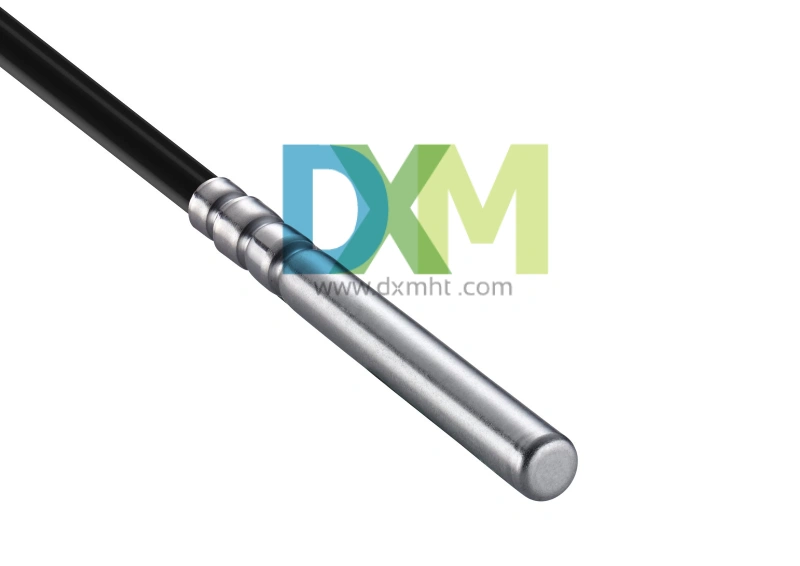
Water Temperature Sensor: The Key to Engine Health and Efficiency
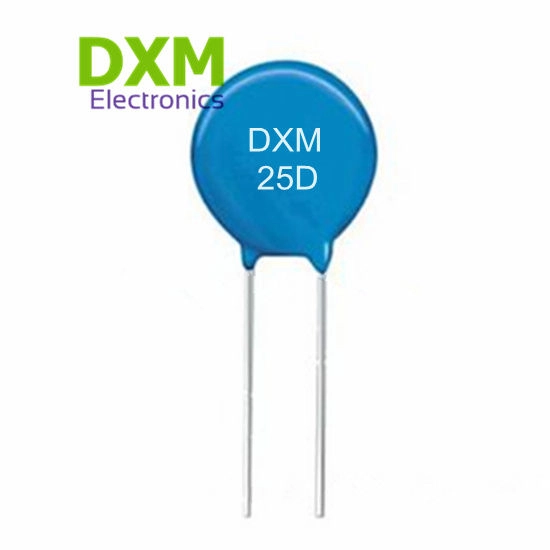
Lightning Surge Protection Varistor: Essential for Protecting Your Electrical Systems
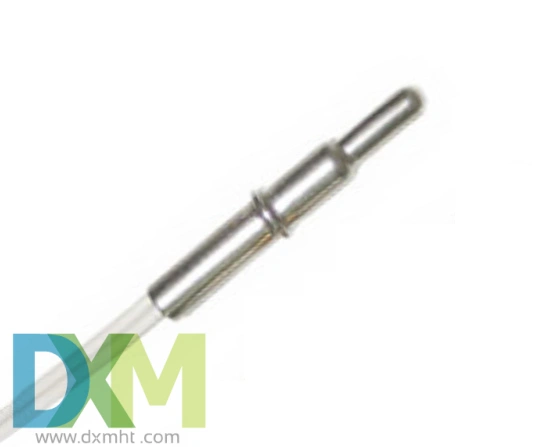
Water Temp Sensor: How to Test it for Reliable Performance?
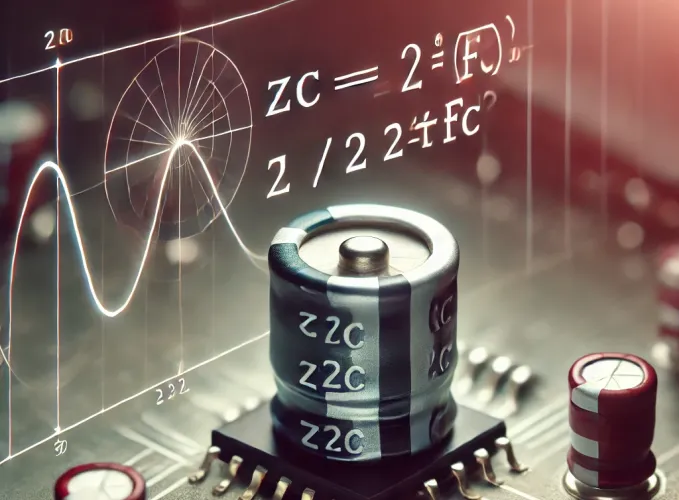
Capacitor Impedance: Calculation Guide & FAQs
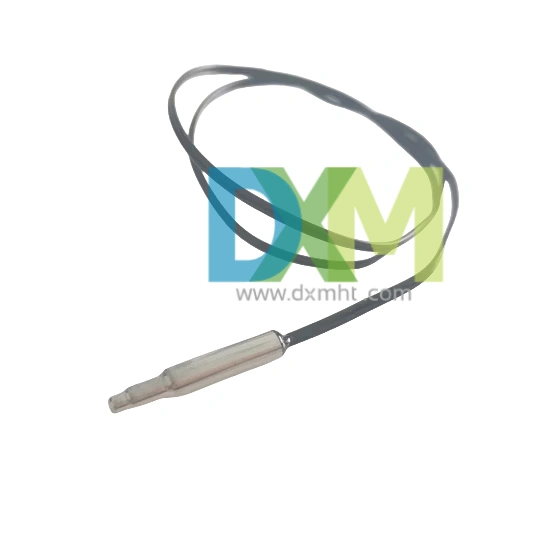
Temperature Probe Sensor: A Comprehensive Guide
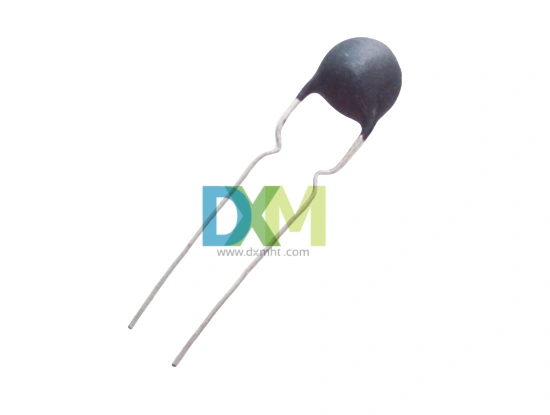
Termistor NTC: What Does a Thermistor Do?
Logistics
Does it support express delivery?
Yes, we support express delivery services. You can choose different delivery methods according to your needs, including ordinary express delivery and expedited express delivery.
How long does logistics delivery take?
Shipping times depend on your location and the shipping method you choose. Generally speaking, international shipping can take anywhere from a few weeks to a few months.
Can I change my shipping address?
Yes, you can contact our customer service team to modify the delivery address before order confirmation to ensure that the order can be accurately delivered to the address you specify.
Price and Payment
What’s the Minimum Order Quantity (MOQ) and Minimum Order Amount (MOA)
MOQ: 10000PCS
Payment Terms
There are a number of different payment methods that can be used when you deal with us. Two are mostly used: T/T payment in advance for small values and irrevocable L/C at sight for large values.
You may also like

KTY83-110 Sensor with Silicon Glass Thermistor
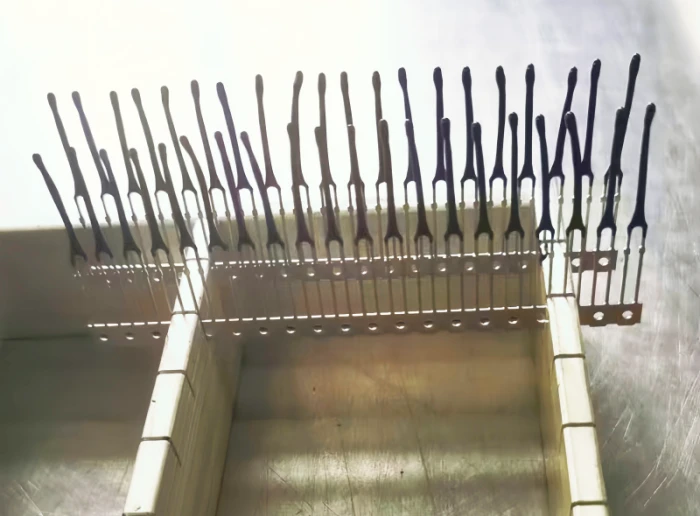
Bracket Type NTC Thermal Sensor MF52X for Precise Temperature Measurement
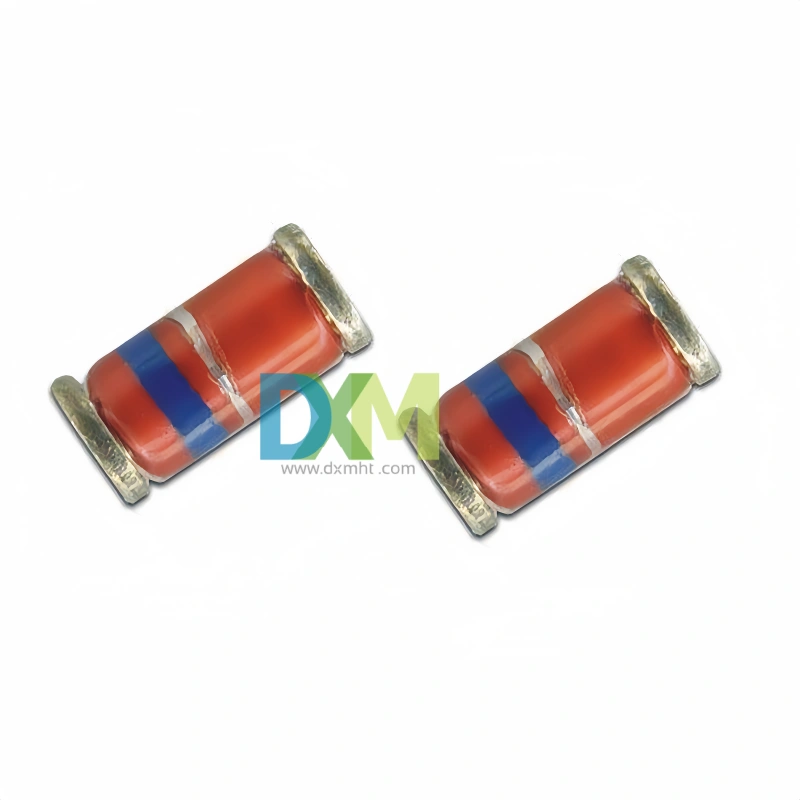
Glass Thermistors MF58E for High-Precision Applications
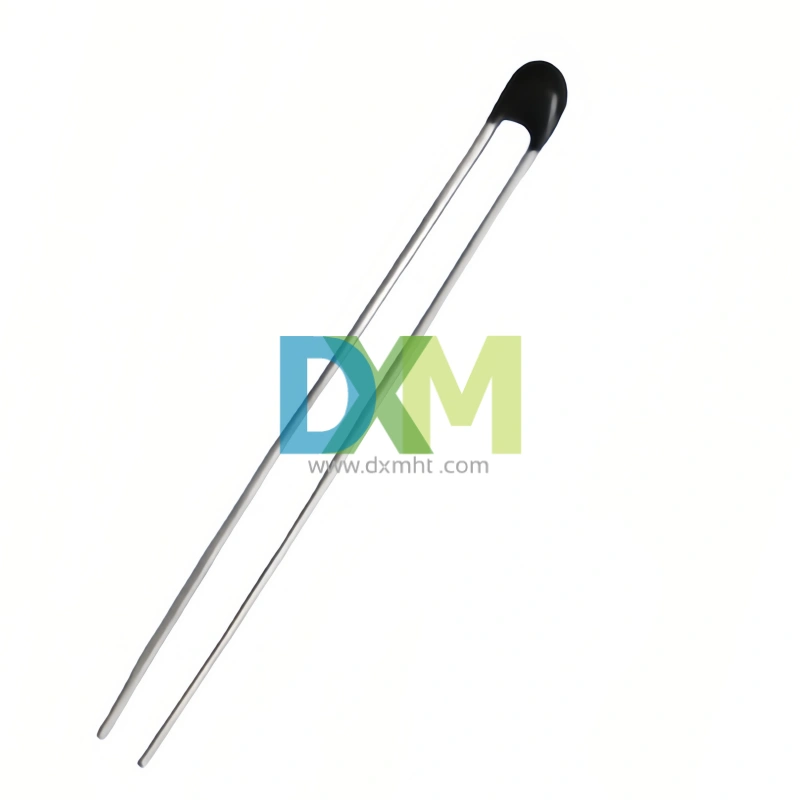
High Precise NTC Sensors for Temperature Measurement and Control
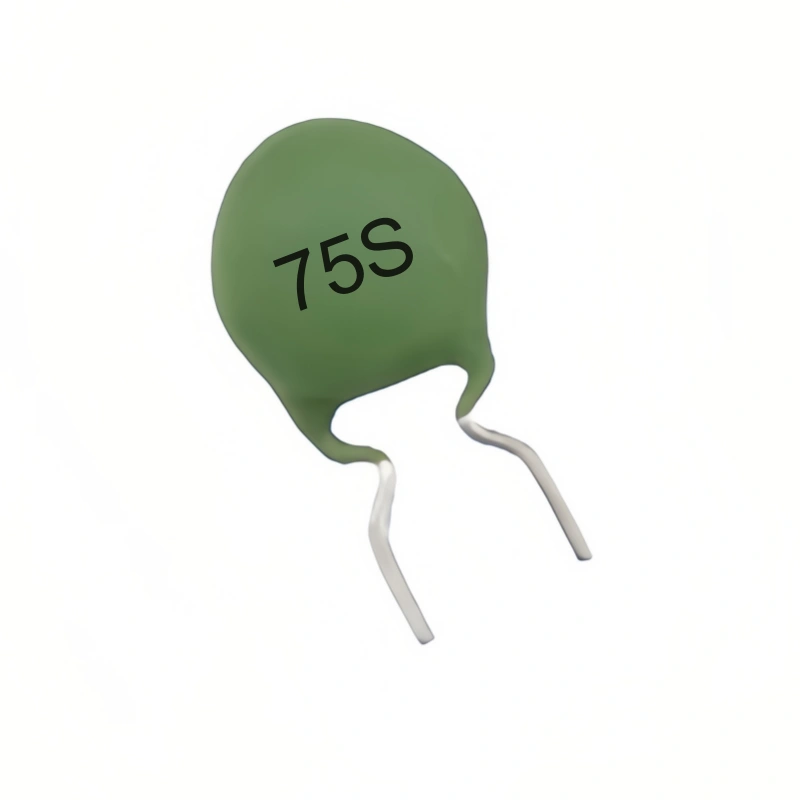
WMZ12A 75S PTC Thermistors for Over-Current and Over-Load Protection
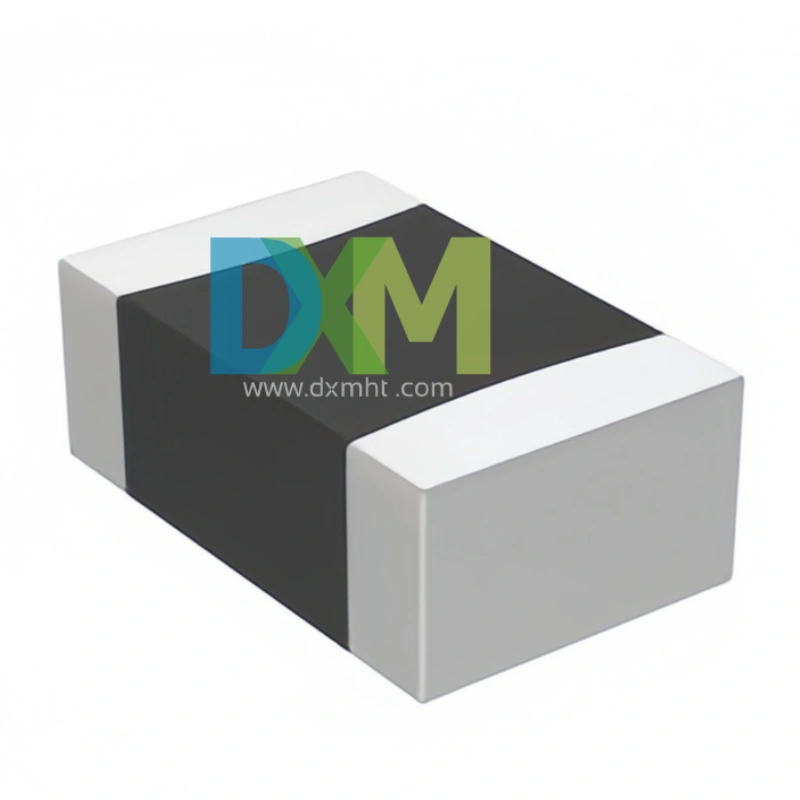
SMD Sensors: Advanced Temperature Sensing Excellence
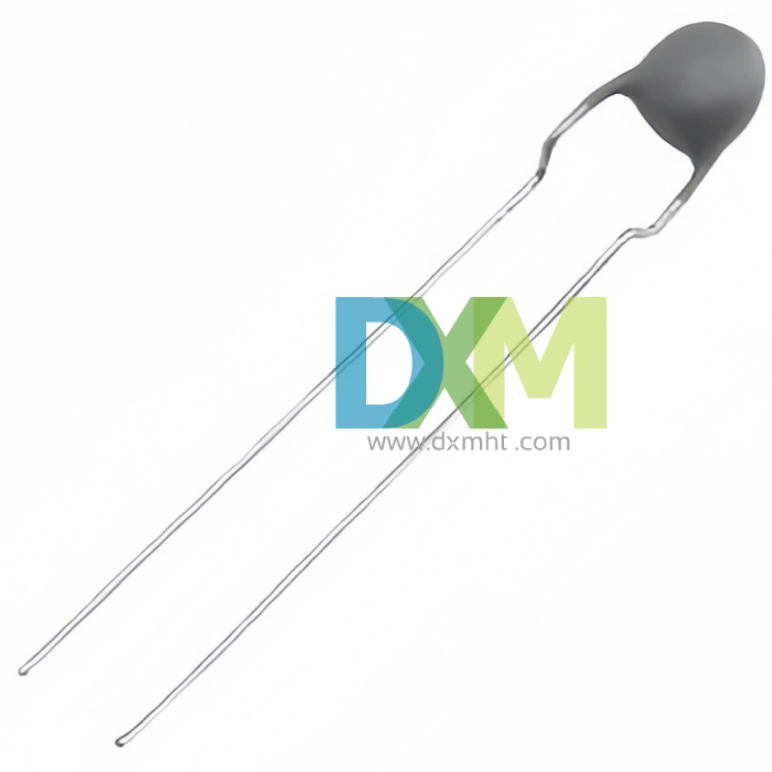
Thermistor PTC MZ11 Series for Light Efficient Design
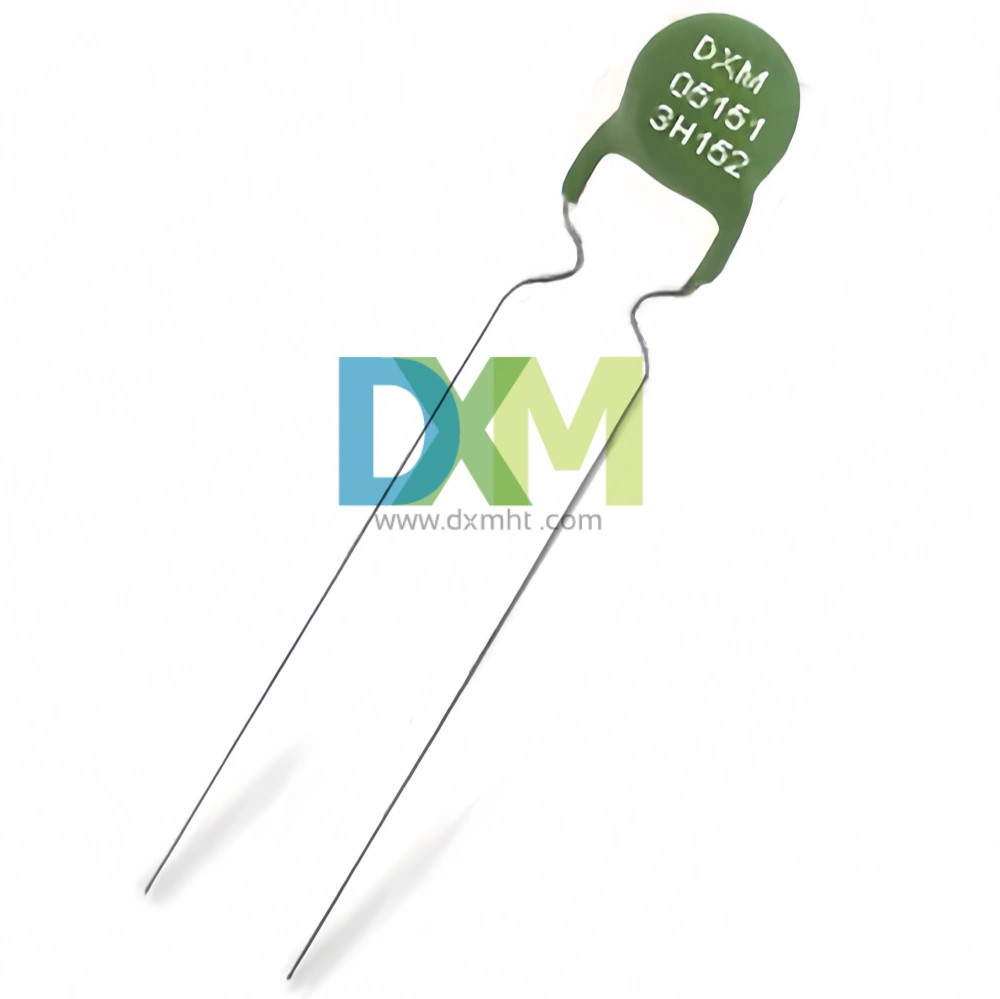
PTC Thermistors for Ballast Electronic and Energy Saving Lighting Intelligent Preheat Start MZ12 | DXM
Get in Touch
Discover premium thermistors, sensors, and resistors tailored to your needs.Our dedicated team of experts is available to assist with product selection, technical queries, and after-sales service. Contact us for custom solutions and experience exceptional customer support.
© 2024 DXM | Designed by gooeyun

 Scan QR Code
Scan QR Code
Scan QR Code
Whatsapp: +8618927361658
Shenzhen DXM Technology Co., Ltd.
DXM PTCNTC
Shenzhen DXM Technology Co., Ltd